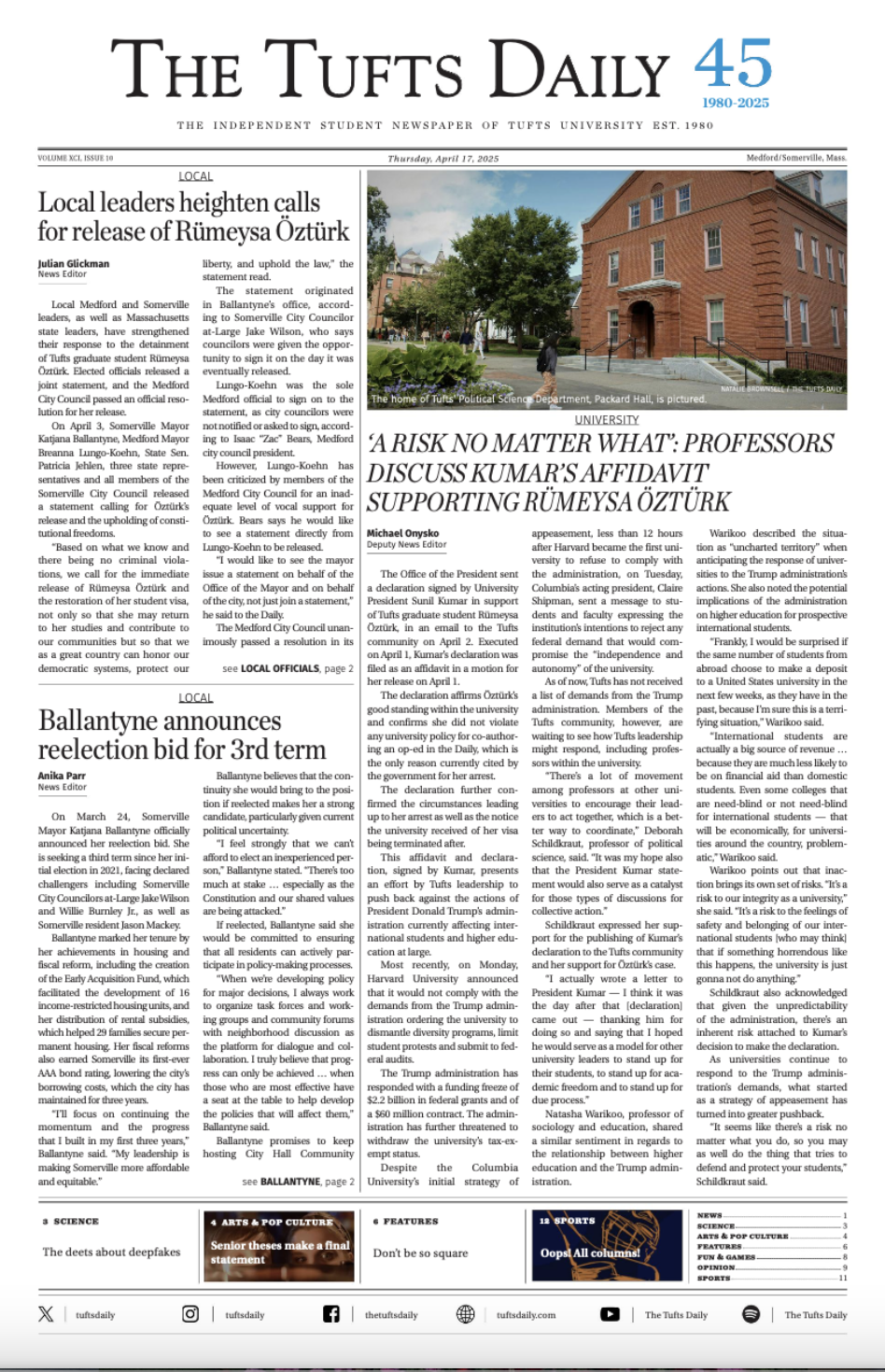Despite legal troubles and persistent personal scandals, former President Donald Trump defeated Vice President Kamala Harris at the ballot box — and it wasn’t as close as the polls had projected. Ultimately, Trump won the national popular vote — the first Republican to do so since 2004 — and secured a commanding Electoral College victory. The avalanche of op-eds and post-mortems explaining Trump’s victory will no doubt continue to circulate in the months ahead. These well-informed perspectives should not obscure the fundamentals of the 2024 election. While we cannot put ourselves in the mind of every Trump voter to explain his victory, here is what we do know: Voters’ perceptions of the state of the economy and the direction of the country tilted this race in Trump’s favor from the onset.
At its core, this race was about the national economy. Both campaigns offered different economic messages including increasing tariffs and boosting domestic manufacturing. It should thus be no surprise that the economy was first among five prominent issues for 32% of voters, according to an NBC News exit poll. Of these voters, 80% reported voting for Trump. Moreover, 46% of those surveyed said their family’s financial situation is worse now than four years ago, demonstrating the impact of high inflation. Among those voters, 81% voted for Trump, while just 17% went for Harris. Meanwhile, just 24% of voters said their financial situation has improved in the past four years. Harris won this group overwhelmingly.
Moreover, an astonishing 73% of the electorate reported feeling “dissatisfied or angry” about the state of the country today. Not surprisingly, Trump won about 63% of this group, while Harris dominated among the 25% who feel “enthusiastic or satisfied” about the way things are going in the country. Put simply, Trump was the strong favorite among a large portion of the electorate that cared most about the economy, felt that their personal financial situation has worsened under the current administration and is displeased with the current state of the country.
Another data point is the incumbent’s approval rating, a common gauge of electoral viability. While President Biden was not on the ballot, his meager approval rating of 39% on election day likely impacted Harris’ image among voters by association. Historically, incumbent presidents with approval ratings below 50% are more vulnerable in their reelection bids (for example, Trump in 2020, George H.W. Bush in 1992 and Jimmy Carter in 1980).
As such, Harris faced strong headwinds from the start. She was catapulted into the middle of a presidential race with only 107 days to the election following Biden’s disastrous debate performance against Trump. In a much shorter time frame than typical candidates, Harris had to define herself to American voters who were unfamiliar with her or reflexively skeptical given her ties to the unpopular Biden administration. The blame for the late switch on the Democratic ticket is squarely on Biden and his close circle of advisors for not fulfilling his vow earlier to be a “transitional candidate.”
As Rep. Ritchie Torres, D-N.Y., said, “A majority of Americans disapprove of Biden’s performance and felt they were worse off. … [Harris] was not responsible for the inflation, but objectively, that was a near-insurmountable disadvantage.” We’ll never know for sure, but Harris could have developed a finer-tuned message and perhaps distanced herself from the administration if Biden had dropped out earlier and spared his party from a divisive last-minute replacement on the ticket.
To Torres’ point, Harris simply could not defy an anti-incumbent wave given voters’ negative perceptions of the economy — a trend that has undermined ruling political parties across the globe. A Financial Times analysis found that parties in power around the world have been overwhelmingly rejected by voters at the polls amidst surging postpandemic inflation.
Despite this tide, the Times report shows that Harris performed better than most incumbents globally at the ballot box in 2024, suggesting that her messaging broke through in battleground states. As of Nov. 7, the swing toward Trump between 2020 and 2024 was about 3.1 percentage points across the seven swing states that saw intense campaigning from both sides. Among the remaining 43 states, which were hardly contested by the two campaigns, that swing was about 6.7 percentage points. Clearly, voters were attracted to Harris’ message in swing states despite an inevitably horrific political landscape for her party. As elections analyst Dave Wasserman posted on X, Harris “swam impressively against some very strong underlying currents.”
Certainly, Democrats should use the next two years to rethink their messaging on the issue that matters most to voters and on cultural issues that gave Trump another edge over Harris. This approach requires listening to voters and sharpening the party’s appeal in forgotten communities. However, the party should also not overthink the results given the core economic issues that shaped this race, leading to cracks in the Democratic coalition that can be repaired in the years ahead.





